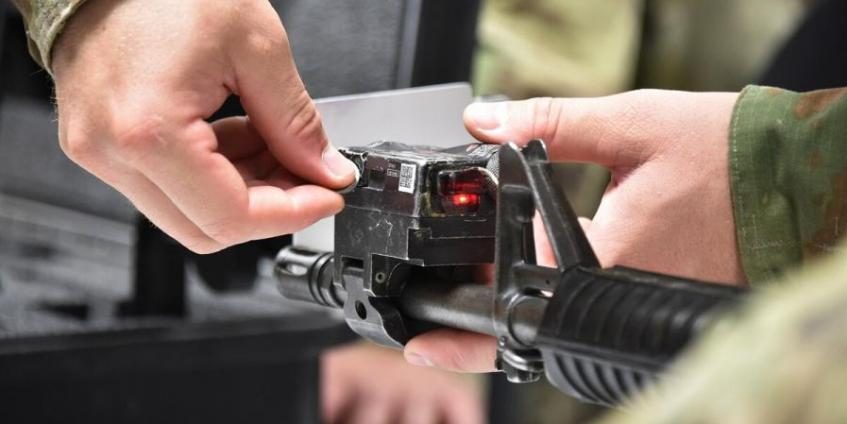NATICK, MA – Army researchers are developing a system that would replace the laser-shooting trainers that soldiers have used in the field since the 1980s to simulate firefights and instead find a way to replicate the effects of weapons from rifles to artillery to chemical and biological attack.
And it all starts with an “ebullet.” If successful, research efforts by the Simulation and Training Technology Center, part of the Combat Capabilities Development Command, could see a more realistic alternative to laser-based shooters such as the Multiple Integrated Laser Engagement System, or MILES, that’s been in use for decades.
It will rely on a massive database of models and algorithms to simulate the effects of small arms, larger weapons systems and give soldiers an actual virtual post-attack scene to assess in real time.
“No more hiding behind bushes to defeat the laser shooter of the opposing force. Soldiers with this system would have faithful recreations of the actual ranges, trajectories, and effects of their own weapons and the opponents’ weapons,” said Matt Clark, director of the Simulation and Training Technology Center.
Early prototypes for some weapons systems are expected by fiscal year 2021, Clark said. A fuller suite of options is planned for fiscal year 2026.


